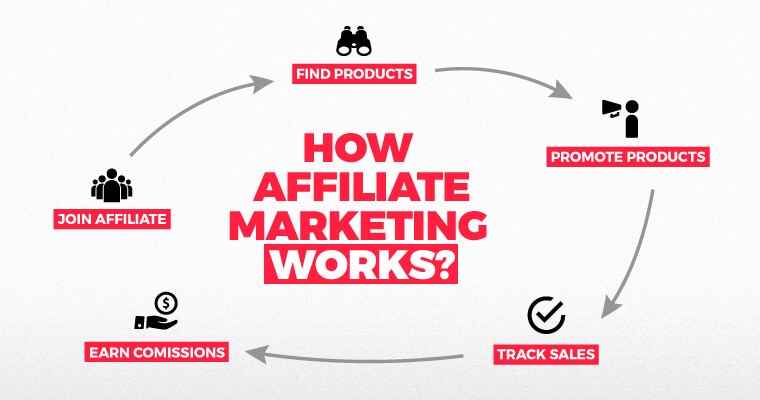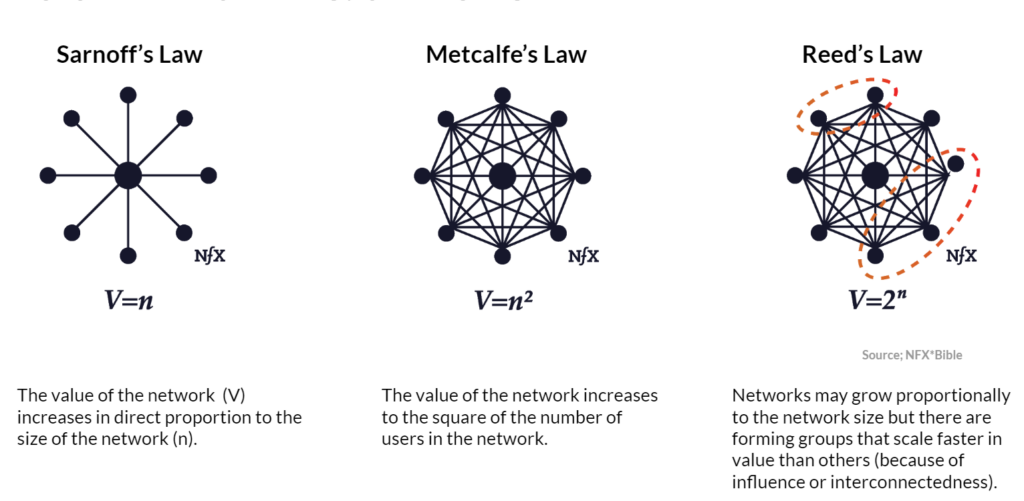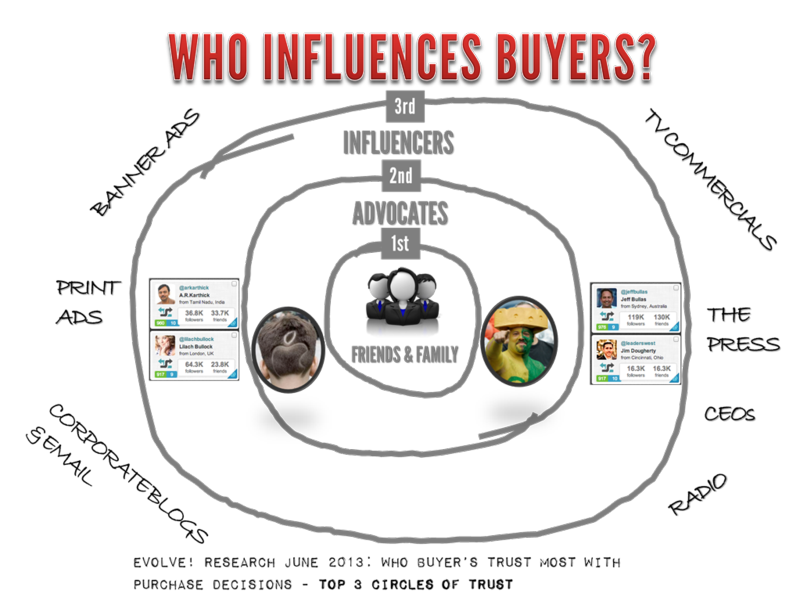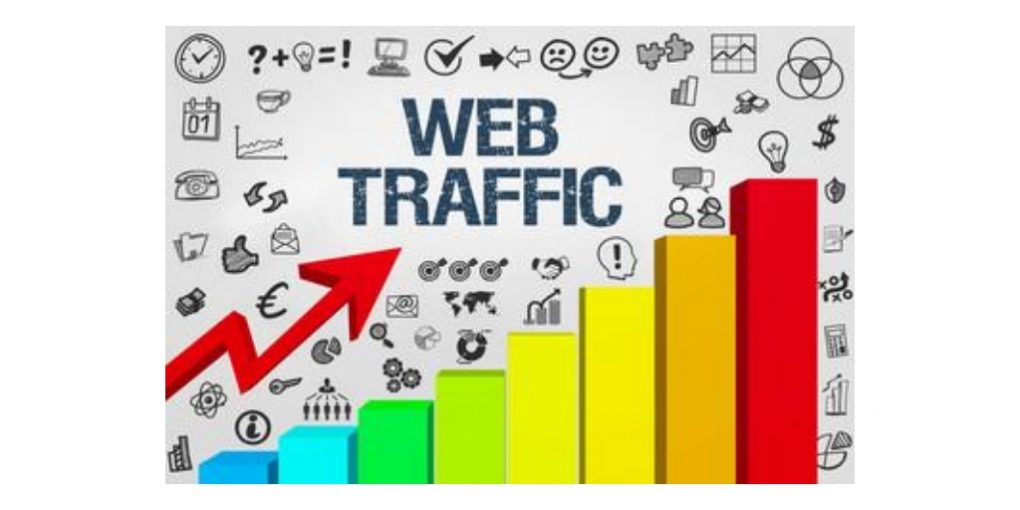Our vision here at Affiliatemepro.com is to provide the resources and know how, to transform SME’s around the world. Within that vision, it is our mission to turn the current advertising industry to a meritocracy through the advent of mass onboarding and adoption of Affiliate Marketing!
Given the above, this is The Essential Playbook for Starting and Scaling an SME
This article covers the A-Z on starting through to scaling and eventually selling an SME! We overview many of the most talked about strategies in digital marketing from the context of a SME and map out a step by step system for you to implement the strategy for your own business or concept.
For the sake of this article we spend minimal time on the ‘getting started’ section and a lot more time on tactics, systems and process.
Given this, we will assume that:
1. You have a business
2. There is a defined vison, mission
3. Ideally you have some ‘wins on the board’ with some sales
4. There is a website and other digital assets
5. YOU are committed to change and excellence!
If this sounds like you, then read on.
Principles
For those who have not read the book Principles by Ray Dalio, I highly recommend it, as a methodology for any process you wish to create.
In the book, Ray lays out how his company Bridgewater Capital which is one of the larges professional money management companies in the World, meticulously track decisions and outcomes over the many years he has been in business, in order to create ‘principles’ and processes that can be followed again and again.
Here is a quick summary of the book and its’ application.
We will include quick summaries of books featured through this article.
Similarly, our blueprint, has a step- by-step, system, that you can follow for your own business. This has been tried and tested.
As we are heavily focusing on digitisation, here are some broad questions before starting on any digital marketing project:
– Where is my company/ brand, in the overall brand cycle?
– Is the project a ‘one and done’ and can it be self-perpetuating or automated?
– What is the ROI on the project?
– Is the project inside my range of capabilities?
– What skills are worth having and what skills should I always outsource?
Where is my Company/ Brand, in the Overall Brand Cycle
The brand cycle can be broken down as per this chart.
Concept/ Genesis – For many this is the most fun stage of a business. There are no rules, no costs. Just a blank canvas that you can design upon. Remember anyone can have an idea, not many can make that idea into a functioning, productive company!
Early stage (1) – (MVP) Minimum Viable product
Early stage (2) – (PMF) Product Market Fit
Mid stage – (1) You have validated that there is a need for your product and service and that your solution is a great fit. Now you are creating a sales pipeline and automations
Mid stage – (2) There are now many sales and marketing funnels in place, and you have automated almost all parts of your business, with the ability to spend time on your specialist area. You are able to scale marketing and the overall business, because ‘the numbers work’
Late stage – (1) The business is running strong, scaling and growing on autopilot. The questions here are:
– Are you innovating? Innovate or die!
– Should you look to acquire other smaller businesses? (think of how Facebook has made the strategic acquisitions of Instagram and also WhatsApp
– What does an exit look like for you?
Unlike a good book, it is important to start businesses with the end in mind.
Once you have clarity about what you do, and why you are doing it, it will provide a clear path to focus the time and resources at every step of the journey.
SME’s from the Beginning – The Genesis
Initially it is simply the idea.
Your idea does not even need to be ‘new’ or ‘better than’, simply, your idea needs to be different and fit a specific need. In the recent 12 months, think of the TikTok phenomenon. How ‘different’ was it really, over SnapChat, or Instagram stories?
Not much.
But it was enough to cause a wave of users on the platform and make it a break-out success.
Usually at this stage we are making a logo or going another step and creating a full brand ID. One key thing to remember for all SME’s is that stories matter. Powerful brands are built on strong story telling about your product or service. Stories should be:
– relatable
– emotionally charged
– compelling
– And uplifting
Creating a minimum viable product, and getting a product market fit are usually terms that are used in the technology space. Given code can be iterated and tested quickly, with an agile process, it makes it highly suitable to quickly move through concepts until something sticks.
Spending a lot of time testing, getting consumer-feedback and test marketing, can save a new company lots of time and money, trying to chase ideas that simply may never work.
Remember, it’s not about what you think is ‘cool’ or ‘usable’, it is about what the market needs and wants!
One of the companies that does this very well is Google. They have an arm of the company whereby new product’s can be submitted by current employees. If the product has scope it goes to Google Labs. The project is worked on and tested, iterated and re-tested. Only if there is a clear market need, does google proceed on a full scale project. Google Glasses never took off, and this is a great example of limiting the exposure of any one single project.
Pre-Marketing is Perhaps The Most Under-Used and Under-Rated Tool of SME’s!
I am sure that you have been to the cinema in your life. One things cinemas do well, is release trailers. These 1-2 min long clips, are the bait that producers use to get you excited about movies. I remember my own daughter watching the Frozen 2 Trailer around 100 times, before the movie ever was given a release date!
There was not choice to go see the movie. In fact, millions of Frozen fans around the World could hardly sit-still waiting for its launch. It was a done deal! Strategically smart, by the movie markers.
So how do you pre-market well?
Here is a really cool clip, on a Greta Van Riel, who created an amazing watch company (online) using this principle. Note, she was extremely smart in that once she found a product market fit, she used the principle of scarcity to drive demand.
Key take homes from Gretas clip fall into two categories, pre-marketing and scarcity.
Greta built:
Extremely good awareness and waitlist for her products, via a specific Instagram page
On launch she new her production would not be able to keep up with demand. Given this problem, she turned it into an opportunity of scarcity. Leveraging the principles of:
– Curiosity – Why do so many people want these watches?
– Fear of missing out (FOMO) – to encourage people to get on a waitlist, tell others and act quickly when they were allowed to buy!
Just because you have a company established doesn’t mean there is nothing new. The KEY is to get pumped about everything new. Here are some examples:
– New products
– New people
– Rebranding
– Extra services
– Game changing processes
There are lots of ways to manufacture a pre-launch! You should always have at least one pre-launch on the go, at any time, with a standard lead time of 3-4 months.
So you are up and running with your company – what’s next?
How can digital marketing help take you to the next level?
The Second Stage of a Brand Cycle is Awareness
The goal is to get as much market awareness for your brand as possible. In the industry this is called, ‘cut-through’.
A simple overview of this is the following; if you take 100 people on the street, how many of those people will know your brand name and what you do?
Brands with remarkable cut-through generally go on to becoming huge!
Think of Nike or Amazon. Or to take it a step further, a brand such as Google not only owns ‘search’ but has become the meaning for search, often people say “let me Google that”.
Another example of branding moving past ordinary cut through is the big red guy. Yes that right, Santa Clause that we all know and celebrate every Christmas, was actually the conceptualisation of Coca Cola! Although it’s not tightly linked these days, the solid red, white and black of Santa’s outfit are indelibly marked into our minds every year, with those colors being associated to fun times, moments of magic and family cheer. Imagine if you could attach your brand to emotions like this!
It is highly unlikely that your brand attached to your product or service will become a ‘household’ name in the short term. But the game is to expose your brand over time. In essence this is the main reason for marketing and advertising.
Where you are in the cycle will depend on if you are try to advertise for exposure, or advertise to sell. Of course the most sustainable part of marketing and paid Advertising is when we make a return and can scale adverts. (More about that later)
Is the project a ‘one and done’ and can it be self-perpetuating or automated?
There is only so much time in a day and as small business owners we usually need to prfioritize that that time to make, distribute and collect money for the goods and services we are selling. However, the above process in of itself does not grow your brand/ company.
The key to long term success is being able to work on your business, not in your business. What does this even mean?
Well, take a dentist. Dentists only make money when a person is in the chair and they are working on your teeth. However, if a dentist sat around all day and waiting for clients to come in, they are limiting their chances of success. Also, any task that a Dentist needs to do, that falls outside of their core competency (working on teeth) should be considered, a sub-optimal way of operating, because the Dentist is not ‘extracting’ the greatest value for your time. Excuse the pun.
Working on your business may be implementing systems and processes, that continue to work, while you sleep. This was a concept that was first introduced to me in my early teens via the book, Rich Dad, Poor Dad by Robert Kiyosaki, and his follow up best seller, Cashflow Quadrant. Also, working on your business is a key element of the book, 7 Habits of Highly Effective People by Stephen Covey.
So given that you mid-term (2-3 years) to long-term (5-10 years) strategy is to own a big business, rather than being stuck in SME land, zooming in, with clarity on your core competency is critical to start.
Once again, a great starting place to understand more of this can be found in two more books:
As an SME – Start at Automation
Step 1. Automation of your Book-Keeping and Accounts
Once you are settled on the biggest picture of ‘what your life will be like’, then it’s simply a matter of automation of processes from that point over time. Let us start at the most important, and probably the one that most SME’s dislike. Accounting and Finance!
There are two key components of automaton of the Accounting and Finance. The second is more important in the context of digital marketing:
1. It is unlikely to be in your CORE scope of work. So should be something that is predominantly automated
2. The DATA is key! Once you have control of the data, you can then feed it to the various other systems you have, to automate other aspects of your business
Here is an example. If clients are checking out at a till, and not entering customer information, then you have no idea:
– Who they are
– What they bought
– Or deeper data on demographics, or hidden metrics
If you would like to know more about what a fully integrated Accounts and Finance we will be releasing a full article on this soon!
As a general rule, I would encourage companies to prioritise this automation, concurrently with some other automations listed below.
So now you have the DATA!
Step 2 is to start the Automation of Digital Marketing
This is an active list, and will keep growing as more tools come to market.
Review collection and syndication.
There are some amazing platforms such as Yotpo and Okendo that will automatically request for reviews and depending on rules, will post those to your website. Reviews provide strong social proof, meaning customers are more likely to believe other customers rather than you telling them how good you are
Affiliate Marketing.
Very similar to review collection, affiliate marketing platforms will enable your superstar customers or a curated list of advocates to promote your brand or service ongoing. If you want to read a more detailed article about what is affiliate marketing click here or if your keen to jump right in and want to know what our TOP RATED AFFILIATE MARKETING PLATFORM IS – then Click Here
Email Marketing.
Dropped cart, email auto sequences and funnels.
Ok that is a mouthful, but leading email marketing systems such as Klaviyo, Mailchimp and Constant Contact all off services to set up a range of automated processes depending on actions.
Once again, the list of potential automation opportunities is SO LONG it is simply better if you jump over to our dedicated email marketing article to understand all the use cases
Social Media Posting
It takes a lot of time to create blog posts. If you are doing it will and following the ‘rules’ that will help you index well with the largest search engines, these posts are valuable and need to be shared!
We have prepared an amazing article on creating exceptional blog posts here
One system we LOVE is called MeetEdgar. Check out the demo video below, however, this system lets you populate all of your blogs into a library (and can even duplicate text using a special tool), then the machine automates all of your posts to leading social platforms!
Our full deep-dive into MeetEdgar is here
Set and Forget.
Social Media Scheduling
Forms and Contracts
Connecting many things up
I like to set up as many digital automations as possible, that are creating loops (read the full article here)
A good example of this which is relevant for almost all businesses is getting reviews, as mentioned above. Most businesses whether they be service or product have a check out or a booking system that is captured client information when they come. The easiest way for you to automatically start to generate content is by requesting for a review, in exchange to get a discount on the next time they purchase or the next treatment that they have. Reviews are a form of social proof and they are powerful. They can be used across all mediums such as Facebook Twitter and Instagram. If you request for a video review this is even more contextual and can be used on YouTube and also syndicated through the other social mediums as well. This is one example of many automations that can be set up that will continue to work for your business while you sleep.
The goal is not only to organically attract new customers to try your service or product but also to reward loyal customers who use your product or service.
Step 3. Sales Flow Automation
There are a lot of tools and services that can be used by SME’s in order to automate sales flow.
We will expand into each of these different services, but as a quick list here are ones we use and like:
– Sales Funnels with Clickfunnels
– Sales whale
– Hubspot/ Salesforce
So you have automated your LIFE! CONGRATULATIONS.
It is highly likely by this point that your business is a well-oiled automation machine, and many friends are commenting on how much you can actually do every day. Hundreds of posts, on time with your invoicing – you’re a rock star of efficiency!
But, this is where we get to a ‘pinch point’
There will always be a time in a business when automation simply becomes impossible. Here are some activates that are next to impossible to automate
1. Finalising end of year accounts
2. Writing blogs
3. Creating designs for ads
4. Crafting campaigns
5. Writing emails or developing email sequences
6. Conducting performance reviews
7. Managing staff
This is where we get to the second half of the equation, which is Outsource.
Outsourcing for SME’s
The book that kicked my ass in respect to outsourcing was The 4-Hour Work Week – By Tim Ferriss. Although I always strived for efficiency, Tim opened my eyes to the plethora of opportunities with regards to outsourcing.
Never did I believe that you could run a company by only putting in 4hours per week!
However, over the course of the next 5 years, I kept running into people who had ‘lifestyle business’. Ok the complexity was nothing like my own, representing 12 brands in Asia, running 3 online stores, supplying 300 retail outlets, and in my spare time running Singapore’s largest triathlon team, but at least if I could change my output from a 60-80hour work week, down to a more manageable 40hours I wanted to get started.
As the saying goes, Rome is not built in a day.
There comes a time know that you cannot automate something. This is where you need to look at outsourcing. For most SMEs including my own the issue with outsourcing is always budget so we need to go to the next rule which is what can I spend my money on today that is going to keep working for me for months and years to come!
So where do you start?
There are two key go-to platforms that will help you with outsourcing:
– Fiverr – This platform is better for one-time jobs. Read below
– Upwork – A platform that is ideal for hiring retainer-workers. People who you will need to use again and again for the same purpose.
Here are my principles that I follow for implementing my outsourcing, after I have completed automation:
1. What is mandatory, legally required? This should be outsourced first such as end of year and accounts
2. Projects that can be ‘one and done’ that will continue to bring value to your company every month for years to come? Examples are:
– Design
– Data research such as creating list of potential new clients
– Transcribing videos you have made
– Video editing
– More automations that are outside your ability to create
3. Now you have meaningful one-off work out of the way, the question is, what is the biggest ‘bottlenecks’ in my company or area that I need expert help to do way better.
Things could be:
– Marketing manager, to be the person implementing all of the marketing and managing the one-off projects above, or even managing influencers
– Paid ads expert. I have found that getting quality ROI with a store is a science. Most marketers simply are not good at it. Put it this way, if a marketing agency was good, at getting amazing ROI, then wouldn’t they simply do their own products and use their skills to make all the money? So it’s a needle in a haystack, but if you find your outsourced expert, treat them well, cause they will scale what you do!
– Tech team. If your like me, you can solve some basic things on your E-Store, but you probably don’t want to spend hours troubleshooting you know a pro can do in 2min. Outsource a maintenance team and a troubleshooting team
– PR/ HR/ CFO/ Legal services and more. All of these functions do not need to be full time people. One by one, you can onboard and build up the hours of these extra functions on an as-needed basis
So WHAT DO YOU DO?
Once you have moved through all of the automations, all of the outsourcing, we finally get the end goal of, what you actually do?
Simply, you need to be doing, what no one else can.
– Maybe you are in an expert field and your seeing patients back to back with your expert skill.
Or
– You are taking your expert skill and writing a book, creating learning programs that can scale online
Or
– You are starting something else – moving to your Ikigai! Something which you have identified as the thing you really ‘want to be doing’ if given a financial choice. This may be a hobby (given you now have time and money) or it could be starting another business which you have ALWAYS wanted to do. Maybe it’s spending time with aging parents or a young family. The truth is that once you have moved through the above process, you should have a lot more time to do the things that you want to do, rather than what you have to do.





